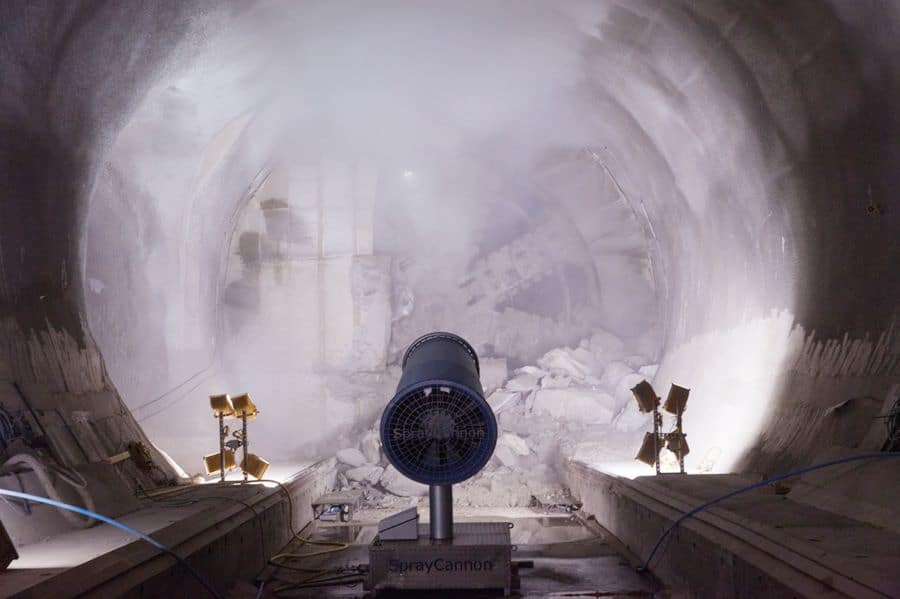Surveying Crossrail's tunnels from space
Using satellite radar, a team of engineers was able to monitor how Crossrail's tunnelling impacted the buildings above. Andrew Wade reports.

The subterranean world beneath London is some of the most heavily tunnelled of any major city. From Bazalgette’s sewer system to the ever-evolving Tube network, the UK’s capital has for centuries plumbed its depths to provide all manner of utilities for the populace. With recent projects such as Crossrail and the Thames Tideway Tunnel adding yet more complexity underground, the need to assess the impact of tunnelling on surface structures has never been greater.
At the University of Bath, Dr Giorgia Giardina has been employing a new technique that uses satellite imagery to monitor surface building deformation, verifying the method by way of the Crossrail tunnels.
Combined with traditional monitoring techniques, it’s a breakthrough that could provide engineers with a more accurate and comprehensive tool for assessing the impact of subterranean construction. The technology –known as InSAR (Interferometric synthetic aperture radar) –has evolved over the past decade with the launch of X-band satellite constellations such as the Italian Space Agency’s COSMO-SkyMed.
Register now to continue reading
Thanks for visiting The Engineer. You’ve now reached your monthly limit of premium content. Register for free to unlock unlimited access to all of our premium content, as well as the latest technology news, industry opinion and special reports.
Benefits of registering
-
In-depth insights and coverage of key emerging trends
-
Unrestricted access to special reports throughout the year
-
Daily technology news delivered straight to your inbox











Water Sector Talent Exodus Could Cripple The Sector
Well let´s do a little experiment. My last (10.4.25) half-yearly water/waste water bill from Severn Trent was £98.29. How much does not-for-profit Dŵr...